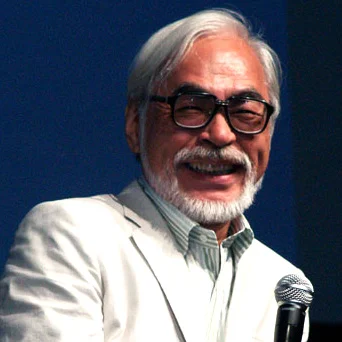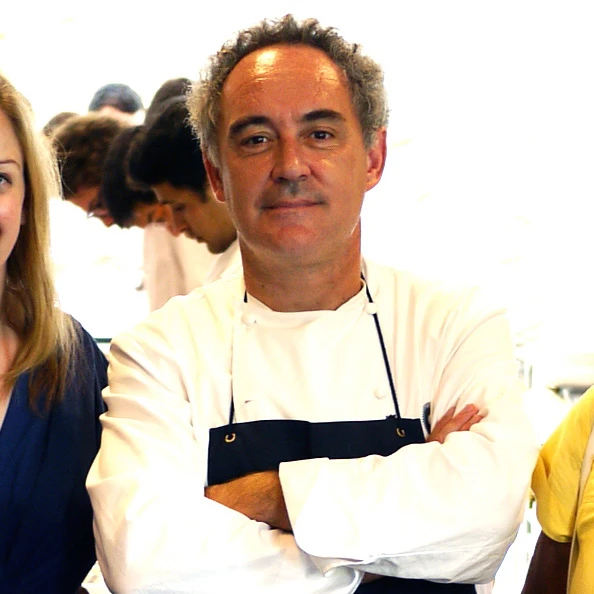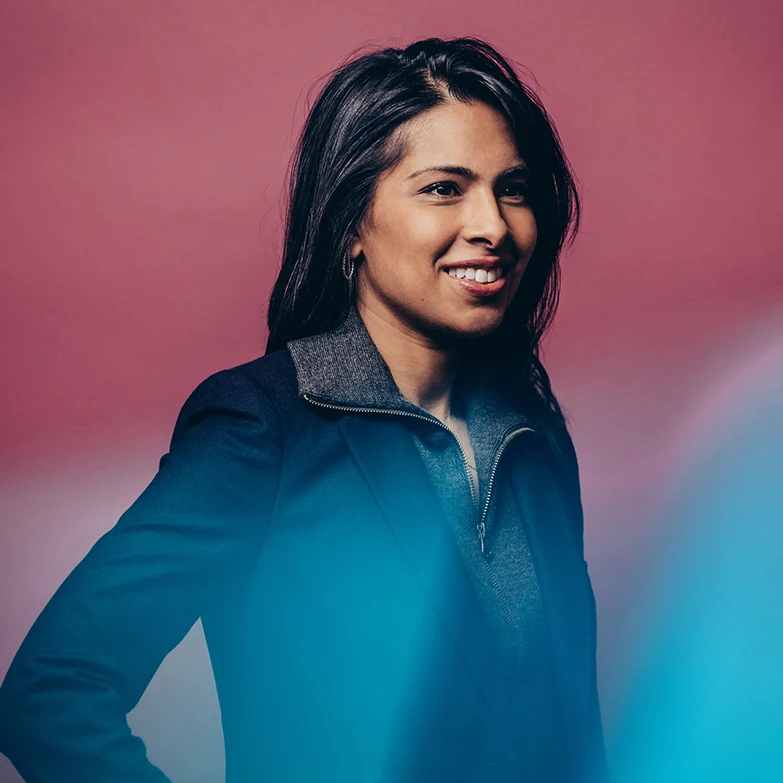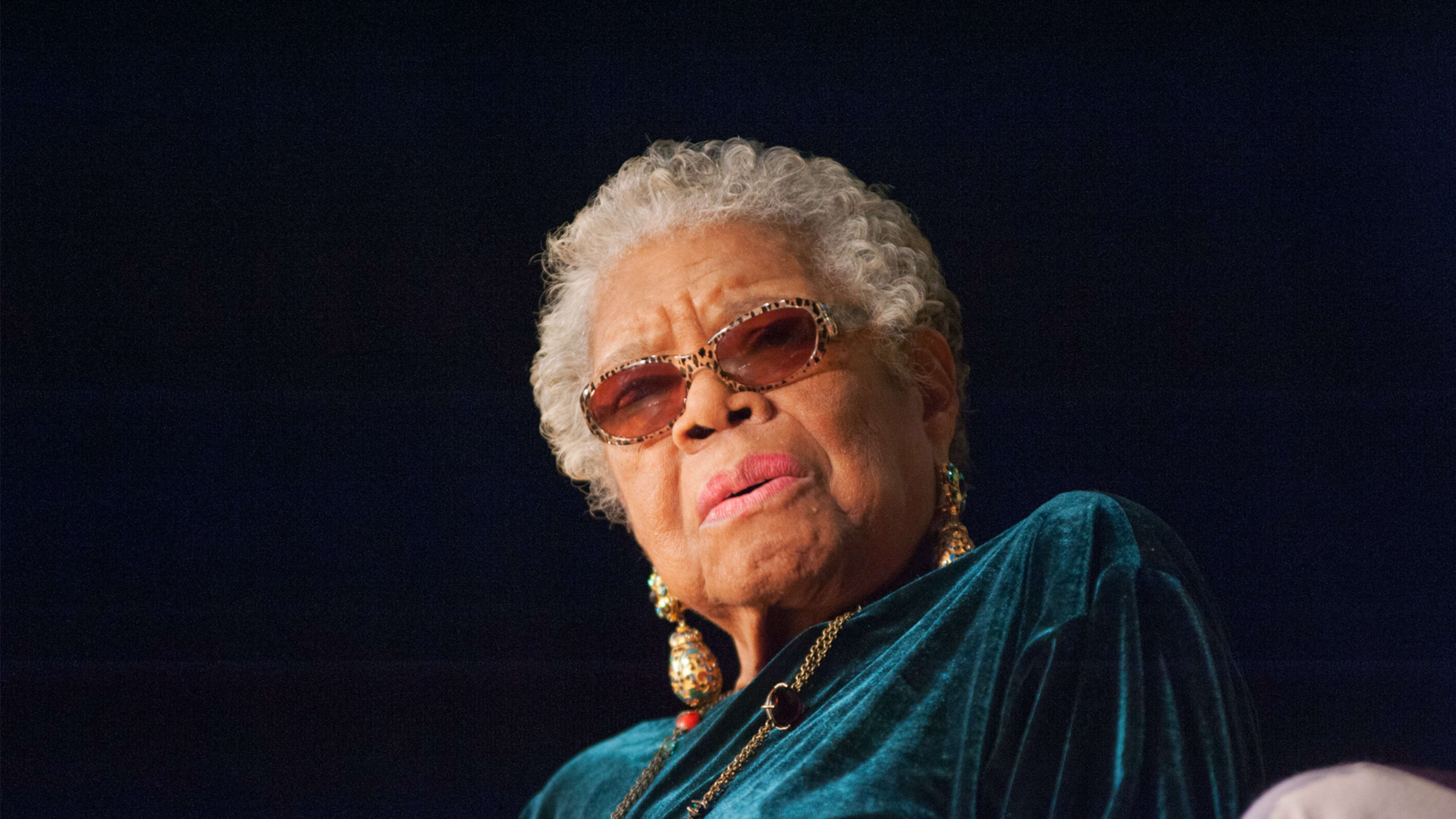Much to his disappointment, Hayao Miyazaki is often referred to as the Walt Disney of Japan. Unlike the late Disney, Miyazaki prefers to be known as a creator and director rather than a producer and businessman.

As the head of Studio Ghibli, the 73-year-old animator has built a global fan base and critical acclaim for works such as Spirited Away and Ponyo. Despite the sparseness of his canon and his reclusive nature, a rare look into Miyazaki’s creative process–as well as the creative processes behind five other world-renowned innovators–reveals some fascinating lessons and discoveries.
1. Draw Inspiration From Your Surroundings And Experiences
Eschewing popular art, Miyazaki opts instead for originality and authenticity in his expressions. He pays close attention to his passions which include a deep meditation on Japanese culture and the role of nature, both themes making prominent appearances in his films. In order to tap into these observations, Miyazaki implores people to heighten and use all their senses as they are the primary channels to knowing one’s environment.
2. Develop Deep Empathy For Your Audience
All of Miyazaki’s films feature strong child characters, many of whom are female. Despite his asymmetric age and gender, he is able to depict children in remarkably realistic fashion. He attributes this to his ability to deeply empathize with children, but only after spending weeks on end interacting with them.
“I look at them and try to see things as they do,” says Miyazaki. “If I can do that, I can create universal appeal.”
3. Always Move Forward
Miyazaki is always honing his craft, oftentimes spending upwards of more than a couple of years per project. And after spending years perfecting a project and then releasing it to the public, Miyazaki refuses to look back at his creation. “It doesn’t matter how hard he works or how wonderful the movie is,” says a partner at the Studio, “[Miyazaki] has absolutely no sentimentality” for his work. This lack of emotional attachment to his work frees himself up to focus on his next project without being bogged down by his own biases or the criticisms of outsiders.
If Miyazaki is sparse in his creations, then Maya Angelou surely rests on the opposite end of the spectrum in industriousness. With a remarkable career that spanned decades of work that saw her take on roles as a poet to singer to activist and orator, Angelou left behind many gems of wisdom that can help us to achieve at least a fraction of our many aspirations.
4. Create A Separate Space For Your Creativity
Even though Angelou lived in a large house, she famously chose to work in small, no-frills hotel rooms. Her work routine involved her waking up at early hours and retreating to her hotel room in solitude. This deliberate separation of her living quarters and her workspace allowed her to not only explore her thoughts and creativity without the distraction of the waking world, but it also ensured that her home was not burdened with the pressures of work.
5. Keep Your Muses Close
Angelou always made sure to keep close to her a number of artifacts. A copy of the bible, a crossword puzzle, and some whiskey were among a few things that were always within reach to nudge her with inspiration or to serve as temporary distractions whenever she hit a roadblock in her work. And before long, her thoughts were in order again.
6. Stay Positive
Even though Angelou faced various tribulations in the early years of her life, the late writer showed remarkable restraint and character. Her pursuit for continued growth took her as far as Egypt and Ghana where she spent a number of her mid-life years.
And what arguably kept Angelou going for self-development was her undying optimism. According to Ideo CEO Tim Brown, optimism is one of the key ingredients to innovation, as it proves vital to get through opposition and roadbocks. As Angelou herself said during an interview: “You are the sum total of everything you’ve ever seen, heard, eaten, smelled, been told, forgot–it’s all there. Everything influences each of us, and because of that I try to make sure that my experiences are positive.”
In a recent study on CEO performances, Harvard Business Review rated Jeff Bezos as the best one alive, and at the helm of a company that is considered one of the world’s most innovative. It behooves us, then, to try to learn a few things from Bezos’s creative process.
7. Stick To A Long-term Vision

Bezos, from Amazon’s inception, has been clear about his long-term strategy. In fact, he frequently tells his loyal team that every day is Day One at the company, suggesting that they are in for the long-haul. This serves two purposes: 1. it develops long-term commitment to Amazon’s goals, and 2. it protects the team against hasty short-term decisions. Together with the company’s marshalling of large investments into projects, it’s no wonder that Bezos and his team have caught the ire of investors looking for a quick return on their dollars.
But Bezos has remained firm in his beliefs. Frustrating Wall Street quarter after quarter with slim profits, Amazon has gone about its business writing its own rules. And, ironically, to roaring success; since its inception, Amazon has returned its most patient investors with over 1,000% returns.
8. Collaborate
While insular to peer-pressure, Bezos teaches that innovation is a team sport and frequently consults with a close group of confidantes. “Innovation does not happen in isolation, “ says Bezos. “There is no lone genius.”
Studies have shown that while many creatives require solitude to create interesting new works, it is in the collaborative spirit that most of these ideas end up coalescing into something more compelling. Your teammates, clients, supporters, and critics all bring unique perspectives to the table. Paying attention to these may help in uncovering serious flaws in your products and strategies or help to identify new opportunities.
9. Experiment Frequently
Bezos is also not shy to point out that much of what Amazon engages in are experiments. The Fire Phone? An $80 million failed experiment. While perhaps a poor use of resources, Bezos views each new trial as an opportunity to learn about his customers and to try to discover uncharted territories. This, he says, is the only way anything new of significant value can be created, however long it takes.
Ferran Adrià was the celebrated chef of the award winning restaurant El Bulli. Winner of 3 Michelin stars and recognized by Restaurant magazine as the “best restaurant in the world,” El Bulli closed its doors in 2011. The restaurant’s long 46-year legacy can largely be attributed to Adria’s forward thinking, innovative approach and stoutheartedness in the kitchen.
10. Seek New Combinations

Adrià started his career as a kitchen hand before being trained in traditional Spanish cuisine. After years of praxis, showcasing robust form, he exhibited strong desire to be unique and to create his own style, distancing himself from traditional cooking. When asked about creativity, Adrià’s answer clearly states the importance of “never imitating,” a mantra that has shaped the path of his career.
In order to nurture creativity, Adrià kept El Bulli closed 6 months per year giving not only himself but his team lengthy time to experiment and create an environment that fosters creativity within traditional Spanish cuisine.
Like most successful entities Adrià created his own R&D lab situated in Barcelona, a place where he would tirelessly explore new ingredients, combinations and dishes, only obeying one rule “it has to be new. It may be good, but if we have done it before, it doesn’t matter.”
11. Adopt An Open-source Approach
Strongly opposed to secrecy, Adrià went through extensive efforts to share the outcomes of his cooking endeavors. Having written several books outlining his process, Adrià also took part in curated art exhibitions and exposed himself in his own feature documentary ‘El Bulli: Cooking in processes.” In the account he is seen compiling notes, drawings, images and diagrams of every experiment, showcasing the importance of keeping records in order to openly share and transfer knowledge. Most recently, Adrià developed an “audit of the creative process” in partnership with the Telefonica Foundation.
12. Challenge The Impossible
Adrià’s work always pushes the limits, challenges the impossible and stretches the confines of traditional cooking methods. The starting point of this philosophy, according to Adrià himself, comes down to the importance of asking questions and challenging pre existing knowledge. Like Simon Sineck who popularized the concept of starting with “why?” Adrià asks this question throughout the creative process. “Why can’t ice cream be hot? Who says you can’t mix sweet and savory?” are questions that led Adrià to the creation of his celebrated signature dishes.
Bunker Roy received “a very elitist, snobbish, expensive education in India” but his desire to use the education he received for the good of the very poor in India challenged his initial aspirations.
Bunker founded the Barefoot College in 1972 in a small village of Rajasthan. Throughout its long span it has trained over 500 illiterate grandmothers around the world to become solar engineers. Focusing on community integration within education The Barefoot College is the only institutional body where, if you have a PhD or a Master’s, you are not eligible to become a student.
13. Nurture Talent
One of Bunker’s fiercest drives is to empower individuals and to nurture talents by encouraging students to work within a tactile nature. The premise of the Barefoot College is that skills and talent do not come from academics, but rather, underprivileged communities have “all the skills and knowledge at their disposal if they are shown the right direction.” By empowering local talent in remote villages Bunker creates a self-sufficient source of skilled workers. To build a sustainable community however, Bunker believes that “you have to show that you have a skill that you can offer to the community and provide a service .”
14. Create An Environment Of Innovation
The Barefoot college is a microcosm of creativity that challenges pre-existing knowledge and promotes unlearning. Grandmothers are trained within six months to build solar panels by fostering an environment of innovative learning and collaboration. This bottom up approach relies on demystifying technology and giving back its ownership. To fight the current anti-creative and anti-intiative system Bunker arose parliaments in each village entirely run by children. Major projects within the village are led by the prime minister and its cabinet who are children democratically elected by other minors from their village.
15. Be Determined
The teachings of the Barefoot College are inspired by Mahatma Gandhi. It encourages students to accept failure and to only consider it as a minor setback. The model of the Barefoot College has been exported to 64 countries thanks to Bunker’s determination, strong moral sense and humble attitude. As Mark Twain puts it you should “never let school interfere with your education.”
Having graduated with an MD from Harvard University and a PhD in engineering from MIT to follow, Sangeeta Bathia is a pioneer in the creation of artificial livers. What makes her stand out, however, is a strong lateral approach and her use of innovative techniques in the lab. As a true innovator Bathia started solving problems from an early age–in one notable story she tore apart her parent’s answering machine in order to fix it.
16. Embrace Diversity And Co-creation
Coming from a diverse background, Bathia accents and incorporates this into her lab culture by bringing heterogeneous innovators together. As she outlines: “In our group, we have chemists, biologists, physicians, engineers, a synthetic biologist, a roboticist, and a clinical dermatologist.”
Further reiterating the importance of diversity and co-creation, Bathia encourages students to seek inspiration from outside the lab, spending 20% of their time working on external endeavors called “submarine projects.”
By conducting more than 1,000 experiments per year with her students, Bathia knows the importance of experimentation and multiplicity to achieve success.
17. Foster Cross-disciplinary Problem Solving

Trained in the field of medicine and engineering, Bathia draws inspiration and solutions from both fields. Her background as an engineer led her to specialize in miniaturization, which was critical in her discovery of similarities between the geometric structure of liver cells and computer microchips. “As innovations emerge, we’re constantly asking whether they can be repurposed for one of the two diseases we concentrate on: liver disease and cancer.”
Bathia’s cross disciplinary thinking gave her the idea to detect cancer using paper tests, applying the technology developed for pregnancy tests. Her multifaceted nature, amalgamating all areas of built up knowledge has seen this lesson be a bold representation of Bathia’s innovative direction.
18. Seek Bold Solutions
Dare to be different and make an impact. As Bathia mentions, in the lab she encourages her team “to not do the next obvious experiment, but to do the transformative experiment.” As Bathia puts it “trying to be bold is part of our lab’s culture.” So what are you waiting for to start working on the next world changing innovation?
—Ali Rushdan designs and builds prototypes for financial services products at Manulife RED Lab. He writes about innovation, entrepreneurship, design and creativity on his blog, The Innovator’s Odyssey, and tweets from @alirtariq
—Alrick Pagnon is the creative development and partnership lead of the award winning Creative Innovation Global Conference. He is passionate about disruptive innovation and discovering new talented innovators. He tweets from @alrick_pagnon
Recognize your brand’s excellence by applying to this year’s Brands That Matter Awards before the early-rate deadline, May 3.
